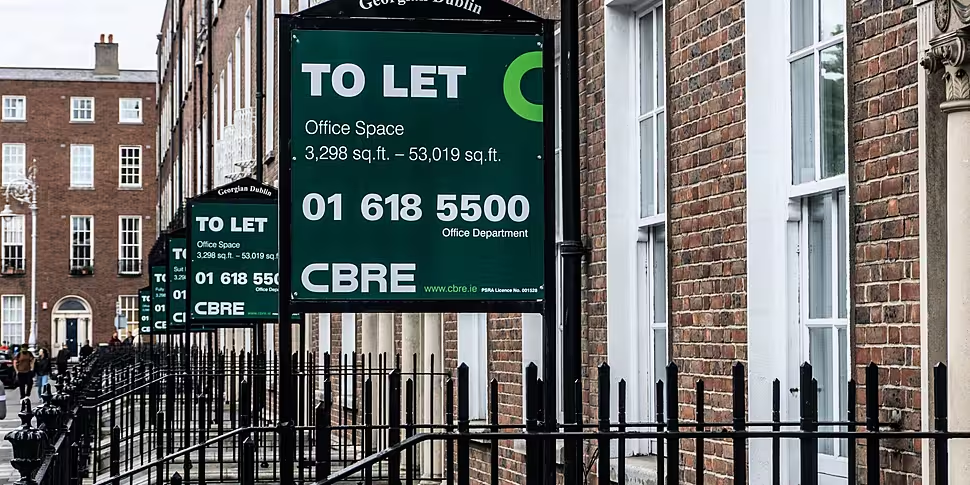With more than half of Dublin’s office space set to become “functionally obsolete” by 2030 – what can we do with the capital’s empty spaces?
Property firm JLL Ireland have carried out resreach into the future of the capital's office space in the wake of the COVID-19 pandemic.
The rise of homeworking has significantly reduced demand for office space and the company's head of research Niall Gargan found most buildings will also need a significant amount of work carried out on them between now and 2030.
“So, when we re-graded the stock, we realised that nearly 61% of the office market as it stands right now will become functionally obsolete by 2030,” he told Sarah Madden for Newstalk Breakfast, .
“If they’re not upgraded or work is not done to them, they’ll struggle to find tenants on the market by 2030.”
 Office workers: Photo by Tim van der Kuip on Unsplash
Office workers: Photo by Tim van der Kuip on UnsplashWith such little demand for office space in comparison to previous years, Mr Gargan said it has become a buyers’ market.
“One thing we’re seeing is there’s a lot of people saying quality over quantity,” he said.
“So, the average size deal has dropped since the pre-pandemic levels - I think it’s about 50% smaller than what it was beforehand."
Alternatives
One alternative being considered by many landlords is to repurpose their property into something more in demand and urban designer Tom Phillips of Tom Phillips + Associates they should consider student accommodation.
“My two older daughters are both at university and a lot of their friends have been commuting from Carlow on a daily basis because they can’t afford accommodation in Dublin,” he said.
“If you can give them an alternative, they can live in Dublin and they can retrofit these out like warehouses in New York.
“It’d be a fantastic place for students to live in.”
 Coffee break time at the office.
Coffee break time at the office.Another alternative is to convert offices into studio space for artists.
It is something Jo Mangan of the Performance Corporation has prior experience with.
“We did it in Kilkenny for the arts festival a number of years ago,” she said.
“There was a big old office block that hadn’t been activated, it was still just a concrete shell and we were able as part of the festival to just go in to create performances on three different levels and bring people through an extraordinary temporary experience.
“I’m pretty sure that building got sold immediately afterwards as a direct result of our intervention.”
In November 2021, 65% of people in Ireland worked remotely all or some of the time.
Main image: To Let signs in Dublin, Ireland.









